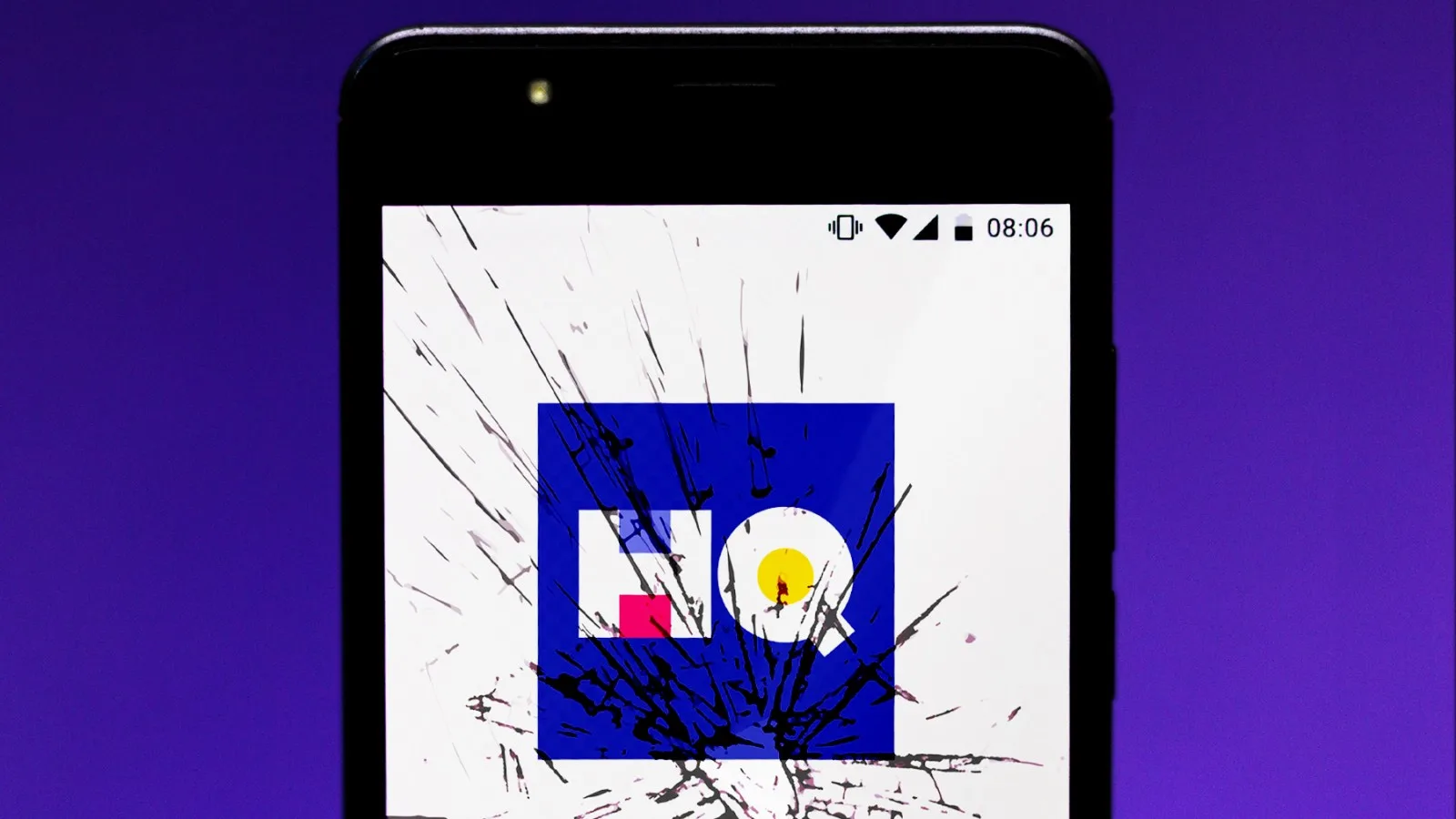Best pedometer and step counter apps on Android
You may have snagged a new smartwatch and are now reviewing some helpful Android apps to help your body get back in shape. By simply looking after your physical well-being, you gain many benefits for your overall health. A healthy body can decrease the chances of heart disease while improving brain health and reducing the risk of anxiety and depression.
When starting to work out for the first time (or in a while), you may not know where to start or how to stay motivated. You may look into step-counting and pedometer apps to incorporate into your routine. That way, you can measure your daily activity and determine how close you are to reaching your fitness goals. We created a roundup to outline which tracker apps work well for measuring our daily step goal on our Apple or Android devices.
1 Walk with Map My Walk

Walk with Map My Walk (MapMyWalk) is one of the best step-tracking apps for recording your running and walking progress. The app offers personalized coaching and improved ways to track your fitness goals. MapMyWalk also has a community where you’ll gain the support and motivation to reach your daily goal.
MapMyWalk includes live tracking, customizable training plans, and audio coaching. It also tracks workouts outside of running, like cycling and yoga, or while logging hours at the gym. The app syncs with other popular fitness apps and wearables, like MyFitnessPal, Google Fit, and Garmin. So you won’t lose months (or years) of data when integrating hardware and apps into your daily routine.
MapMyWalk is available to download on iOS and Android. MapMyWalk Premium is $6 per month or $30 per year.
2 Pacer Pedometer & Step Tracker


Sometimes, we want to try out a step counter app without paying upfront, which is where the Pacer app comes out on top. Today, it is considered one of the best step-counting apps you can install on your phone. Outside of having a step-tracker, the Pacer app also includes a calorie counter to assist with weight loss. It also features a sync option with Garmin and Fitbit. And for iOS users, you can sync your data to the Apple Health app. So, no worries about losing all your accumulated fitness data on your smartwatch.
While you might find some of these pedometer and step counter apps on the App Store or Google Play Store, you may question the accuracy of tracking your daily steps. Not everyone walks the same. For example, some people take heavier and elongated steps, while others do it in shorter intervals to achieve their daily count. So, to improve accuracy and ensure the app measures your personal activity, you can re-adjust the settings to track your steps by calibrating the pedometer sensitivity.
Although you can install Pacer Pedometer & Step Tracker on Android, you can still download the iOS version for iPhone and Apple Watch. Pacer Pedometer & Step Tracker Premium costs $10 per month or $50 per year.
3 MyFitnessPal


When deciding on a list of companion apps to improve your lifestyle, you can’t go wrong with MyFitnessPal, a reliable app that’s been around for over a decade. MyFitnessPal has consistently topped the charts for recommended apps to support your fitness goals. The app includes places to log food, record your calorie intake, and view your daily activity (with step-tracking). The only downside of MyFitnessPal is its premium pricing. The offered premium benefits don’t seem worth the hefty price tag. However, some may prefer to subscribe to remove ads and features hidden behind a paywall. On the plus side, you can track your steps for free without paying a cent.
Due to the age of the app and popular usage, it can connect with over 50 apps and devices (including smartwatches). MyFitnessPal is free to download on iOS and Android. MyFitnessPal Premium costs $20 per month or $80 per year.
4 Accupedo Pedometer


Accupedo Pedometer is an app that’s easy on the eyes, thanks to its well-designed UI. All the data recorded for all the steps can be seen through logs, graphs, and charts. You can view trends for when you’re most active and monitor the distance and calories spent. Overall, Accupedo Pedometer is an excellent app in the making for walking and goal-setting, providing handy insight into your daily habits and routines. With the app, you can see how much work you’re putting in (you can’t trick the app by using up distance with driving, for example). The app includes a power-saving mode, which is helpful when you’re doing hours of walking at a time and trying to save on battery life.
You can sync your progress with Google Fit and MyFitnessPal, but the app requires G-sensor in standby mode to function. Otherwise, you can download the free version for iOS and Android. Accupedo Pedometer Premium costs $2 per month or $10 per year.
5 ASICS Runkeeper — Run Tracker


ASICS Runkeeper – Run Tracker (Runkeeper) is another app designed for runners, but it can also be used for cycling and hiking. Most people can rely on Runkeeper to monitor their cardio performance. It has helped runners prepare for marathons. But it isn’t an app exclusive for competitive and well-practiced runners. Casual runners can incorporate the app into their daily running routine.
Runkeeper has more under its belt than tracking your steps and walking distance. You can use the app to unlock a deep training program to plan your cardio. After setting your personal goals, the app tracks your progress and how close you are to reaching a new milestone. With the added insight to your daily cardio routine, you can achieve more with Runkeeper than just having it mechanically measure your activity.
Runkeeper syncs well with Apple Watch and Garmin. It also connects with other apps like MyFitnessPal and Fitbit. Runkeeper is free to download on iOS and Android. Runkeeper’s premium plan costs $10 per month or $40 per year.
6 Fitbit


The debate of Fitbit versus Google Fit has been a hot topic since Google owns both (Google acquired Fitbit in 2021). However, you may want to use Fitbit to pair an app to your smartwatch. Also, another advantage of choosing Fitbit is that it plays nice with your other apps and comes pre-installed on plenty of Android devices (that support the app). It also pairs with Health Connect. Health Connect allows you to move data from Fitbit to other apps (and vice versa). Health Connect will likely become the go-to hub once it becomes compatible with more apps. That way, your fitness data doesn’t get lost, making the transition between apps and hardware smoother.
Nonetheless, Fitbit still records your steps, measures the distance completed, and how many calories you burned in the process. And if you pair the app with Fitbit Tracker or Wear OS, you gain insight into your heart rate during intensive workouts.
You can download the Fitbit app for your iPhone or Android. Fitbit Premium costs $10 per month and $80 per year.
7 Samsung Health


Samsung Health is another app that works with Health Connect. You can export your data to other apps like Google Fit. This means you can transfer your progress from Samsung Health to Google Fit or vice versa. With such a flexible feature and a simple way to move between apps, you never have to worry about losing your data in transit if you ever swap ecosystems for your phone or smartwatch.
Samsung Health has the perks of encompassing all the helpful features for fitness. It includes a place to track your sleep, workouts, and heart rate while accurately recording your number of steps. And if you own a Samsung Galaxy Watch, you’re likely connected and using the app. But it’s still a solid generalist fitness tracking app (especially when used as a pedometer) for non-Samsung device owners. However, we recommend signing up with a Samsung account to back up your personal data to the Samsung Health server.
Samsung Health is free to download on iPhone and Android.
8 Google Fit


If you’re worried about current app compatibility (especially with apps you rely on to connect to some of your Google products), Google Fit is likely the safest bet to choose as your go-to fitness app (at least for now). However, it comes with some caveats. Google Fit is more of a health fitness hub than a dedicated fitness tracking app. And the big downside of Google Fit is that the app will eventually see retirement by the end of 2024.
Most older wearables with Wear OS come with Google Fit, unlike Google’s Pixel Watch. So, that might raise some red flags on how Google plans to move forward with Google Fit and Fitbit. But it doesn’t mean Google Fit doesn’t have advantages. For example, Google Fit tracks metrics (with heart points) for all your daily activities, whether you’re walking, running, biking, or swimming. It also monitors your heart rate if your device has built-in sensors. Knowing how your heart behaves during intensive and casual workouts may provide a holistic perspective on your health. Another advantage is that this information is tied to your Google account, making it more transferable to other apps and devices, which is primarily why we included Google Fit.
You can download Google Fit for iPhone and Android.
Plan your routes with GPS-tracking apps
After reviewing the best pedometer apps and step counters, you may be worried about finding a comfortable place to do physical activity. A hurdle to overcome while setting up your routine is ensuring you don’t get lost during your jogging routes or stumbling upon a location that isn’t pedestrian-friendly. In addition to adding pedometer apps and step counters to your gadget’s app library, opt into GPS-tracking apps to plan your outdoor ventures. So, the next time you find a new spot to work up a sweat, consult some handy navigation and map apps to avoid losing your way.



